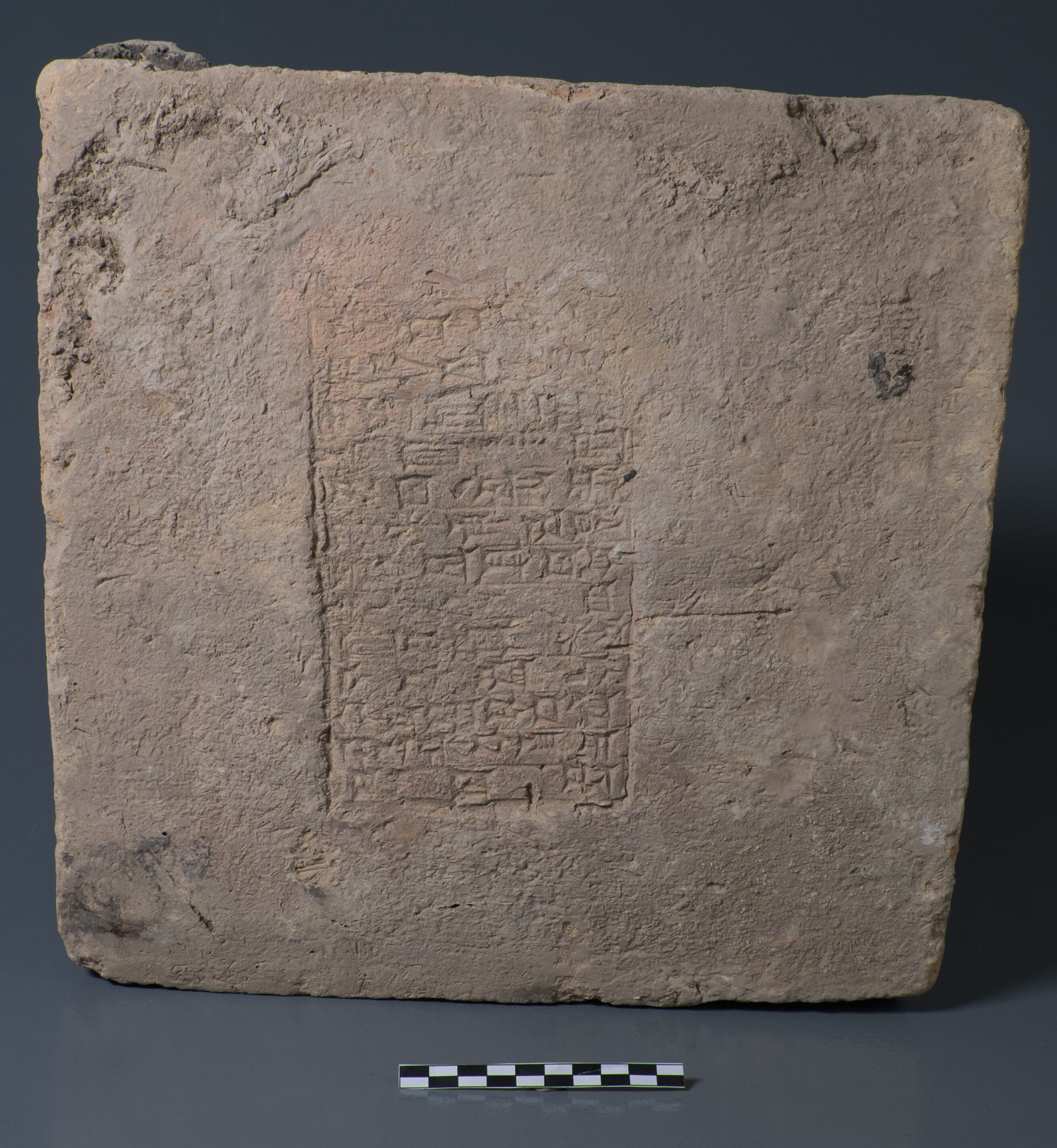Ancient bricks inscribed with the names of Mesopotamian kings have yielded important insights into a mysterious anomaly in Earth’s magnetic field 3,000 years ago, according to a new study involving University College London researchers.
The research, published in the Proceedings of the National Academy of Sciences, describes how changes in the Earth’s magnetic field imprinted on iron oxide grains within ancient clay bricks, and how scientists were able to reconstruct these changes from the names of the kings inscribed on the bricks.
The team hopes that using this “archaeomagnetism,” which looks for signatures of the Earth’s magnetic field in archaeological items, will improve the history of Earth’s magnetic field, and can help better date artifacts that they previously couldn’t.


